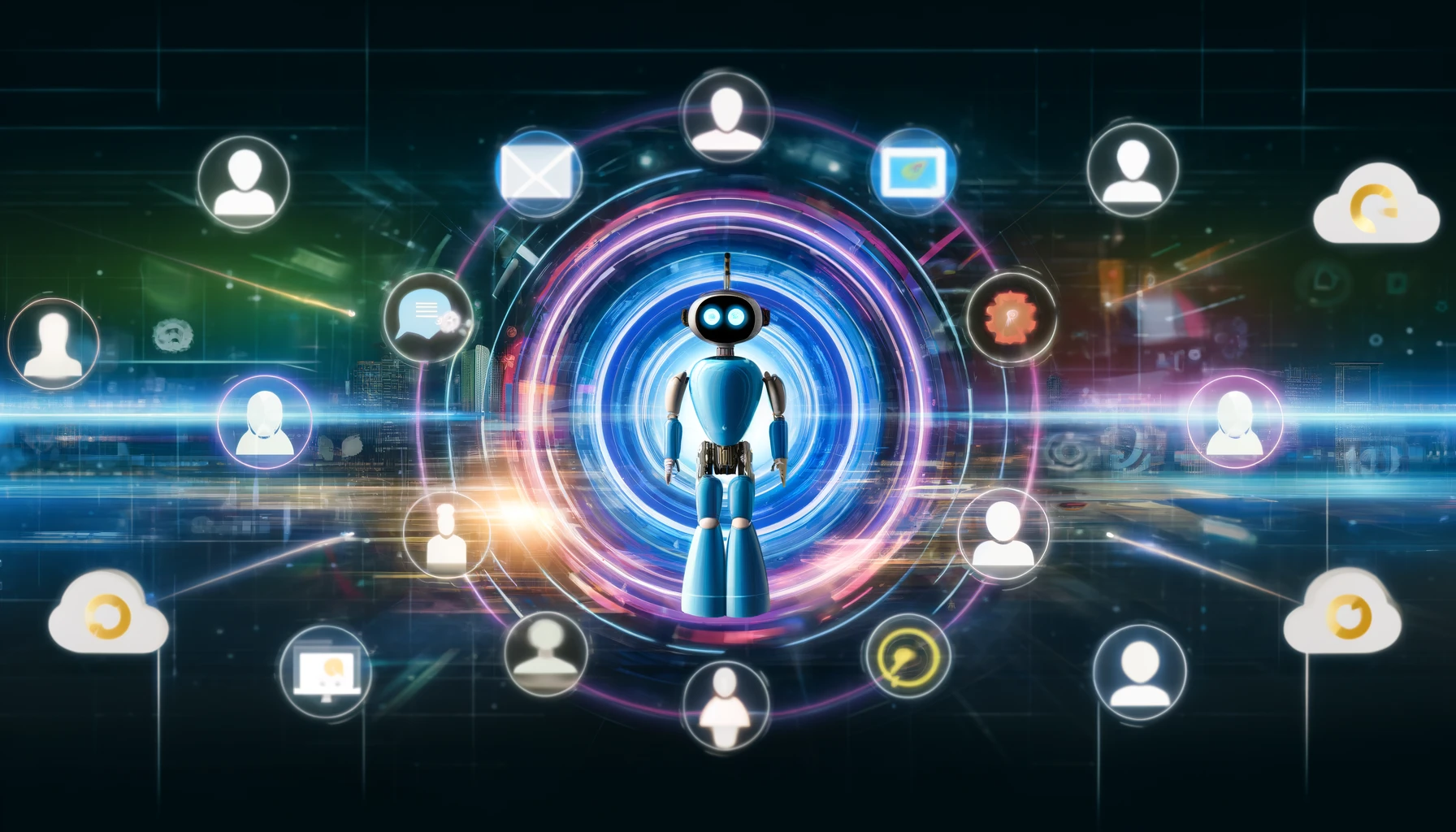
A New Age for Chatbots: Revolutionizing Digital Interaction
In the digital age, where instant gratification and seamless experiences are paramount, chatbots have emerged as invaluable assets in the online ecosystem. These intelligent virtual assistants are transforming the way users interact with websites, e-commerce platforms, and social media channels. By providing real-time responses and personalized assistance, chatbots enhance user experience and streamline various online activities.
Whether it's helping customers navigate a website, answering frequently asked questions, or even processing transactions, chatbots are designed to handle a myriad of tasks with efficiency and precision. They can engage users in meaningful conversations, recommend products or services based on user preferences, and even gather valuable data to help businesses refine their strategies. With their ability to operate 24/7 and manage high volumes of inquiries simultaneously, chatbots not only enhance customer satisfaction but also reduce operational costs for businesses.
As the digital landscape continues to evolve, the role of chatbots will undoubtedly expand, offering even more sophisticated and tailored experiences to users. In an online context, chatbots are not just a convenience; they are revolutionizing the way we interact with the digital world, making it more accessible, efficient, and engaging.
In today's rapidly evolving digital landscape, businesses are constantly seeking innovative ways to enhance customer engagement and streamline operations. While traditional, rule-based chatbots have been around for some time, the advent of AI-based chatbots has revolutionized the way businesses interact with their customers.
Understanding the Basics: Traditional vs. AI-Based Chatbots
Traditional Chatbots: Traditional chatbots, also known as rule-based or scripted chatbots, operate based on predefined rules and responses. These chatbots follow a decision-tree structure, where each user input triggers a specific, scripted response. While effective for addressing simple and repetitive queries, traditional chatbots struggle with more complex or unexpected questions.
AI-Based Chatbots: AI-based chatbots leverage artificial intelligence, particularly natural language processing (NLP) and machine learning (ML), to understand, process, and respond to user inputs in a more dynamic and intelligent manner. Unlike traditional chatbots, AI-based chatbots can comprehend context, learn from interactions, and generate unique responses, making them capable of handling complex and nuanced conversations.
The Advantages of AI-Based Chatbots
-
Enhanced Understanding and Contextual Awareness: AI-based chatbots excel at understanding the context and intent behind user queries. By utilizing NLP, these chatbots can interpret the subtleties of human language, enabling more accurate and meaningful responses. This is a significant improvement over traditional chatbots, which often fail to grasp the nuances of user inputs.
-
Personalized and Human-Like Interactions: AI-based chatbots can deliver highly personalized experiences by leveraging ML algorithms to learn from past interactions. They can adapt their responses based on user preferences, making interactions feel more natural and human-like. This personalization fosters stronger connections with customers and enhances overall user satisfaction.
-
Continuous Learning and Improvement: One of the most compelling advantages of AI-based chatbots is their ability to learn and improve over time. Through machine learning, these chatbots analyze vast amounts of data from previous interactions, identifying patterns and optimizing their responses. This continuous learning loop ensures that AI chatbots become more effective and efficient with each interaction.
-
Handling Complex Queries and Multi-Turn Conversations: Traditional chatbots are limited to straightforward, single-turn interactions. In contrast, AI-based chatbots can manage complex, multi-turn conversations, allowing them to assist users with intricate inquiries and provide detailed guidance. This capability significantly expands the range of scenarios in which chatbots can be effectively deployed.
-
Seamless Integration with Emerging Technologies: AI-based chatbots can be integrated with advanced technologies such as voice assistants, augmented reality (AR), and virtual reality (VR). This integration opens up new possibilities for immersive and interactive customer experiences, further setting AI chatbots apart from traditional ones.
-
Scalability and 24/7 Availability: Like traditional chatbots, AI-based chatbots offer around-the-clock availability. However, their advanced capabilities allow them to handle a much higher volume of inquiries simultaneously, making them ideal for businesses looking to scale their customer support without a proportional increase in costs.
Conclusion
As businesses strive to meet the ever-growing expectations of their customers, AI-based chatbots offer a compelling solution that surpasses the capabilities of traditional chatbots. With their enhanced understanding, personalized interactions, continuous learning, and ability to handle complex queries, AI-based chatbots represent the future of customer service automation. By integrating these intelligent virtual assistants into their operations, businesses can achieve higher customer satisfaction, greater efficiency, and a competitive edge in the digital marketplace.
Why wait to transform your customer engagement strategy? Dive into the future of customer service with GPT-Trainer and experience how a sophisticated, code-free AI chatbot can drive efficiency, elevate customer satisfaction, and give your business a competitive edge. Try GPT-Trainer today and unlock the full potential of AI-driven customer interactions.
